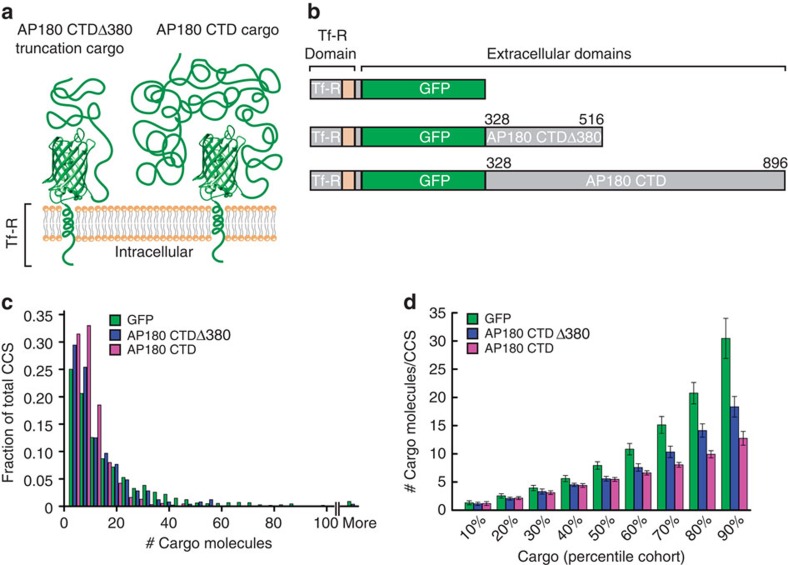Figure 4. A truncated AP180 CTD cargo molecule demonstrates size dependent exclusion from clathrin-coated structures.
A truncated AP180 CTD cargo molecule was made, which only comprises 188 amino acids of the intrinsically disordered C-terminal domain of AP180. (a) Cartoon schematic demonstrating that the truncated AP180 C-terminal domain (AP180 CTDΔ380 truncation cargo) should occupy a smaller area on the cell membrane, as compared with the full-length AP180 C-terminal domain (AP180 CTD cargo). (b) Diagram of each chimaeric cargo depicting the amino acid lengths. (c) Number of cargo molecules per clathrin-coated structure (CCS) in RPE cells expressing GFP cargo, AP180 CTDΔ380 truncation cargo and AP180 CTD cargo. For GFP and AP180 CTD cargos, the histogram data (c) and percentile cohort data (d) are the same as displayed in Fig. 3f, GFP cargo (green bars, n=1825 structures, 17 cells) compared with cells expressing the AP180 CTD cargo (magenta bars, n=925 structures, 12 cells). The AP180 CTDΔ380 truncation cargo is incorporated into clathrin-coated structures to intermediate levels (blue bars, n=248 structures, 7 cells), further demonstrating the size dependence of cargo exclusion. Values for each percentile cohort represent the mean number of molecules±s.d.

